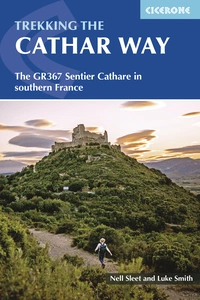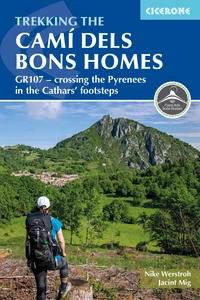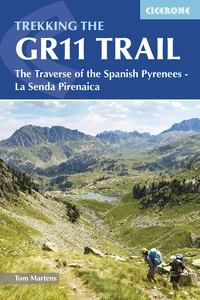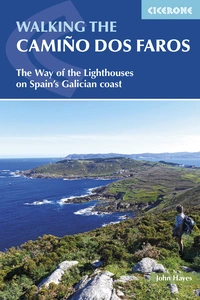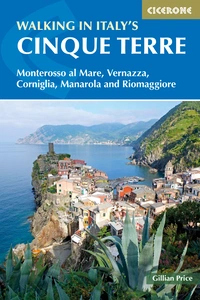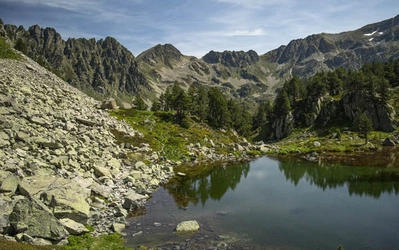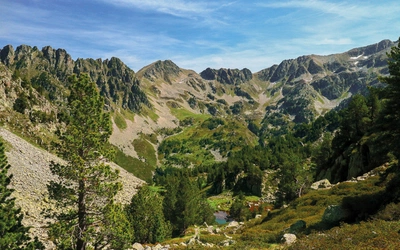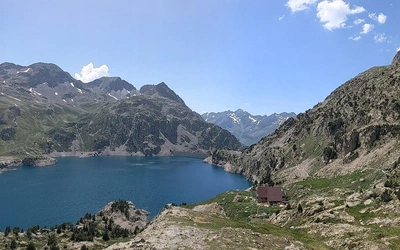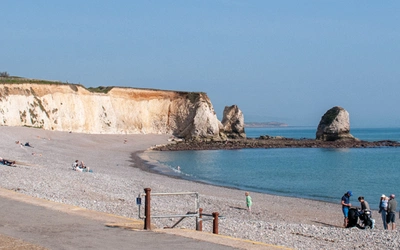The Cathar Way – essential facts & top tips
The Cathar Way, or Sentier Cathare, is a voyage into the past. A trail of some 260km through the foothills of the Pyrenees in Languedoc, southern France, it links a chain of ruined medieval castles and retraces the dark history of the Languedoc Cathars – a divergent Christian sect whose brutal fate would shift the very foundations of France. Originally a composite route, the Cathar Way is now officially recognised as a Grande Randonnée path – the GR367. Here's everything you need to know...
Trekking the Cathar Way
The GR367 Sentier Cathare in southern France
£16.95
Guidebook to the GR367 Cathar Way (Sentier Cathare) in the Languedoc region of southern France. The 260km waymarked trail from Port la Nouvelle on the Mediterranean to Foix traces the history of the Cathars through the Eastern foothills of the Pyrenees. Split into 13 stages and offering a northern variant, the route takes about 2 weeks to complete.
More informationThe History of the Cathar Way
The Cathars were a Christian dualist sect that flourished in several parts of Western Europe in the Middle Ages, and in Languedoc particularly from the 12th century onwards. The Cathars thrived in medieval Languedoc, then a fiercely independent region ruled by its own southern nobility. But this liberty was not to last: the Catholic Church declared the Cathars heretics and, in 1209, launched a crusade against them in Languedoc. Beyond being simply a walking tour of Languedoc, the Cathar Way can tell us something of the human story of the Cathars: their lives, their deaths and the destruction of Languedoc as it was.

How long is the Cathar Way?
Beginning in the coastal town of Port-la-Nouvelle and ending in the medieval city of Foix, the Way comprises 260km of ancient footpaths, jeep tracks and country lanes, sweeping from sea level to 1300m altitude across the rugged hill ranges of the Corbières and the Fenouillèdes.
How many days does it take to complete?
The guidebook breaks up the route into 13 day-stages and can be completed in just under a fortnight.
Which direction should you walk the Cathar Way?
The Cathar Way can be walked in either direction but is described in our guidebook from east to west, ending with a run of three stupendous Cathar castles: Montségur, Roquefixade and Foix.
How difficult is the Cathar Way?
The level of difficulty on the Cathar Way differs from day to day. Some stages are gentle walks through rolling hills, while others can feel quite strenuous, heading up steep, rocky paths with as much as 1000m of elevation in a day.
When is the best time to walk?
The best time of year to walk the Cathar Way is either between April and June or between September and October.
Is the path clearly waymarked?
As the Cathar Way has official GR status, you will be wholly following red and white striped balises (waymarks), although you may still see the old blue-and-yellow ones at times. The two parallel lines are often painted on trees or rocks, while two stripes making a cross indicate that the path ahead is the wrong way.
The trail is generally very well waymarked, with several ‘Cathar Way’ (‘Sentier Cathare’) signposts having also been erected. The main route is signposted as the ‘Sentier Cathare’, sometimes with ‘GR367A’; while the northern variant is ‘Sentier Cathare Nord’, also sometimes with ‘GR367’.
Are there any alternative route options?
The Cathar Way splits in Stage 4, offering two main options: the main route as described in the guidebook trips along to the south – becoming the GR367A for the duration of the split – and links up all nine Cathar castles, while a variant heads off to the north, keeping the GR367 markings, an option that misses some Cathar castles to make a more direct and still beautiful walk. The north rejoins the main route in Stage 8. It is around 26km shorter than the parallel section of the main route.
How to travel to the start of the Cathar Way?
Take the Eurostar from London St Pancras to Paris or Lille, then change onto France’s famous high-speed TGV (trains à grande vitesse) to reach Toulouse, Narbonne or Perpignan. From there take a regional train to Port-la-Nouvelle, the start of the walk. If flying from the UK, Béziers is the most convenient place to arrive into and the most relevant to Cathar history. To get to the start of the walk from Béziers airport, take the bus (20min) into the city and then the train out to Narbonne and from there to Port-la-Nouvelle, where the walk starts directly out of the train station.
Is there any public transport along the route?
Port-la-Nouvelle and Foix are both connected to the rail network, but virtually none of the other locations on the walk are. Buses that do exist function mainly for locals and school runs. There are, however, two useful bus routes: between Carcassonne and Quillan (Stage 7a) – a rail replacement bus as the Quillan railway station is no longer in use – and another between Perpignan and Quillan. There are taxis in the region, but they are also generally limited and costly.
What about facilities and accommodation?
There may be no shops for a day or more, particularly on the second half of the route, so you will need to stock up when necessary. However, the area offers accommodation to suit most budgets, with everything from camping to luxury. Options include chambres d’hôtes (guesthouses or b&bs), Gîtes d’étape which are similar to hostels and the odd auberge as well as hotels.
While the Cathar Way is not an overwhelmingly busy walk, this area is a popular tourist destination, particularly in summer. As some of the accommodation is very limited, booking in advance is a good idea.
What languages are spoken along the Cathar Way?
French is spoken in Languedoc, but also Occitan more locally. You may see some town signs in French on one side and Occitan on the other. Many locals speak some English, but not all – particularly in the small rural villages you’ll be walking through. Having some knowledge of basic French will help considerably.
And finally, why should I walk the Cathar Way?
It's a fantastic historic route from the Mediterranean Coast to the foothills of the Pyrenees, visiting the ruins of Languedoc's ruined medieval castles along the way.
Trekking the Cathar Way
The GR367 Sentier Cathare in southern France
£16.95
Guidebook to the GR367 Cathar Way (Sentier Cathare) in the Languedoc region of southern France. The 260km waymarked trail from Port la Nouvelle on the Mediterranean to Foix traces the history of the Cathars through the Eastern foothills of the Pyrenees. Split into 13 stages and offering a northern variant, the route takes about 2 weeks to complete.
More information
